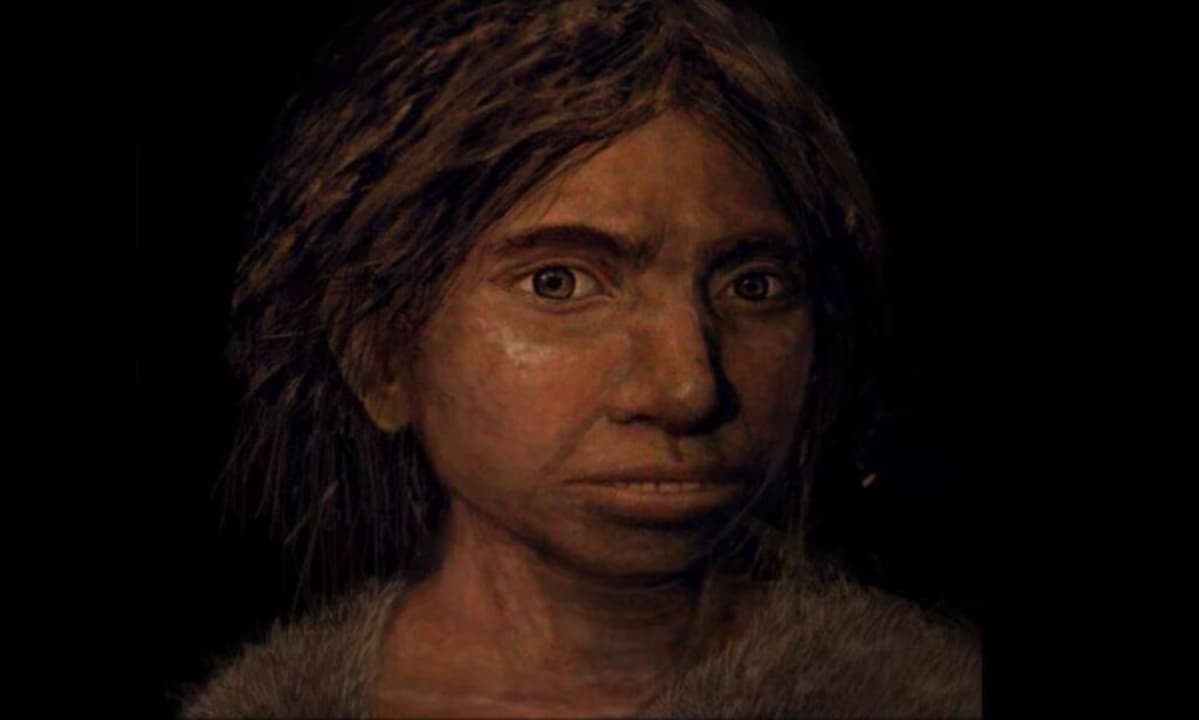A group of researchers has discovered that an ancient skull found in China would not belong to any known human lineage. Found in 2019 in Hualongdong, in eastern China, this mysterious skull is believed to be 300,000 years old and would have belonged to a child between the ages of 12 and 13.
As reported by Science Alert, scientists believe that this individual, from whom a leg bone was also found, could be a mixture of modern humans and an unknown hominid that existed in China during that time.
The skull of “HLD 6,” as the mysterious individual is known, exhibits facial features very similar to those of early modern humans. These began branching off from Homo erectus, another human ancestor, between 550,000 and 750,000 years ago.
However, the sunken chin, cranial vault, and limbs “seem to reflect more primitive features,” states Xiujie Wu, a paleontologist from the Chinese Academy of Sciences, in an analysis of the bones published last July.

The group of researchers, which also includes scientists from the National Research Center on Human Evolution in Spain, Xi’an Jiaotong University in China, and the University of York in the UK, believe that these features would resemble more the facial structure of a Denisovan, an extinct hominid lineage from East Asia that split from Neanderthals 400,000 years ago.
The significant peculiarity of this finding is that this mysterious cranial form “has never been recorded in the fossil assemblages of late Middle Pleistocene hominins from East Asia,” according to the researchers.
Science Alert suggests that both Homo erectus and the Denisovan, as well as this newly discovered “phylogenetically close” lineage to us, could have coexisted in East Asia, which could potentially rewrite everything we know about human ancestry in that region of the planet.
Some of the links added in the article are part of affiliate campaigns and may represent benefits for Softonic.


